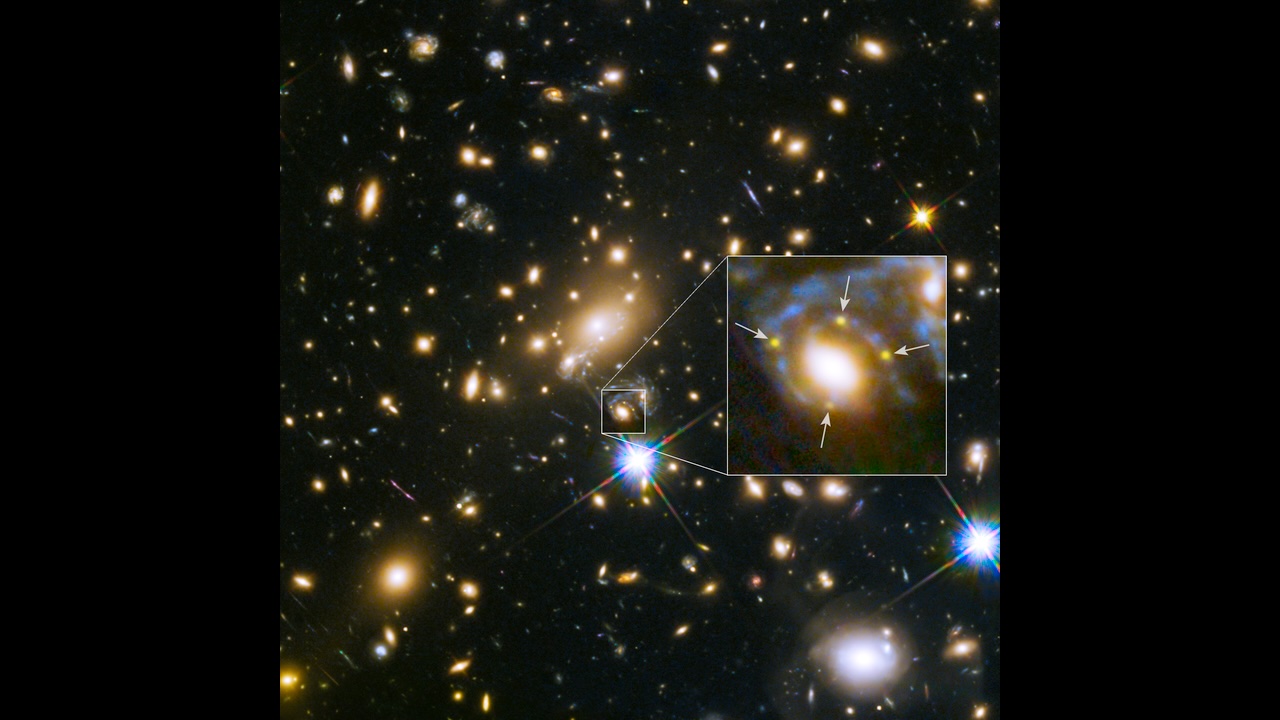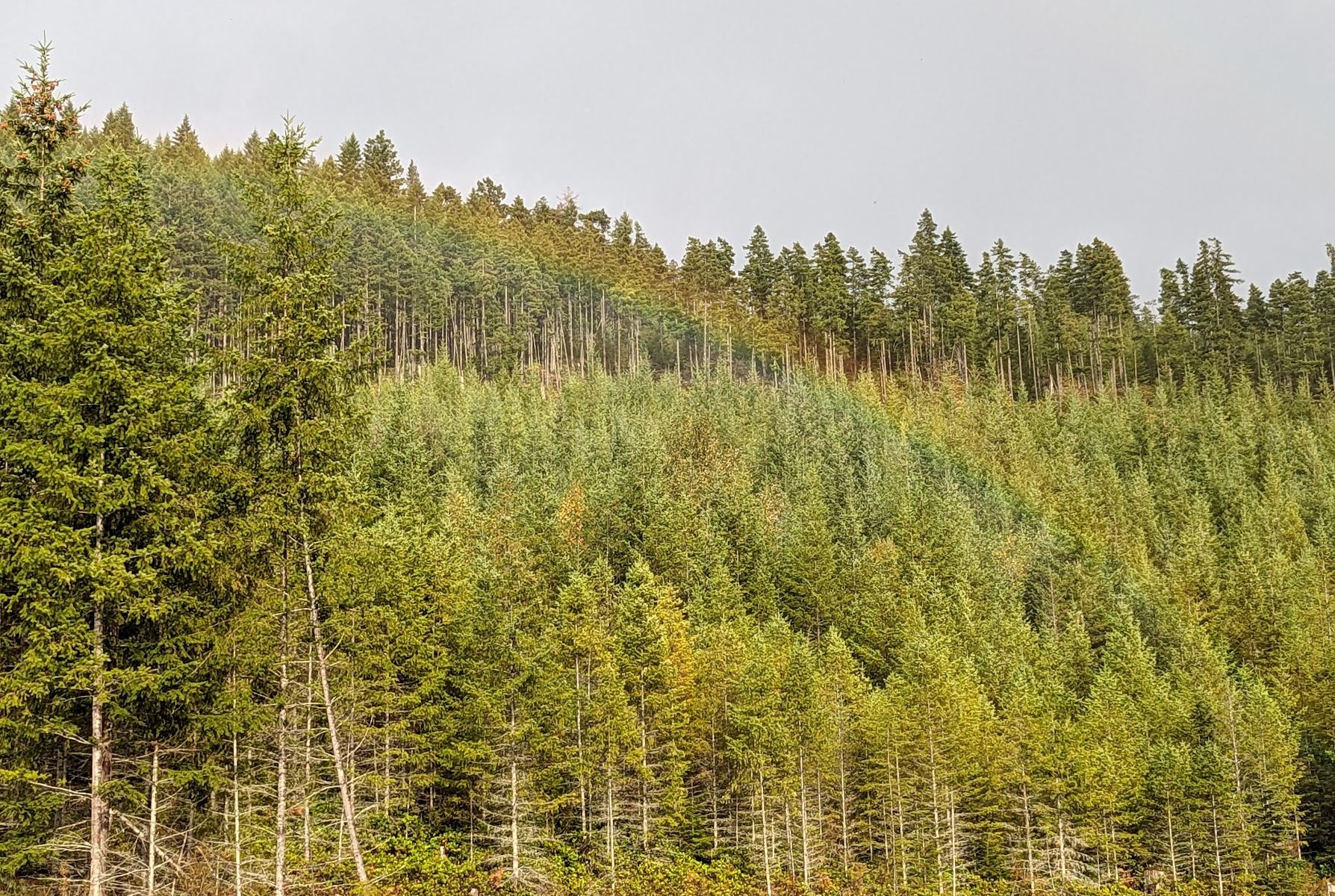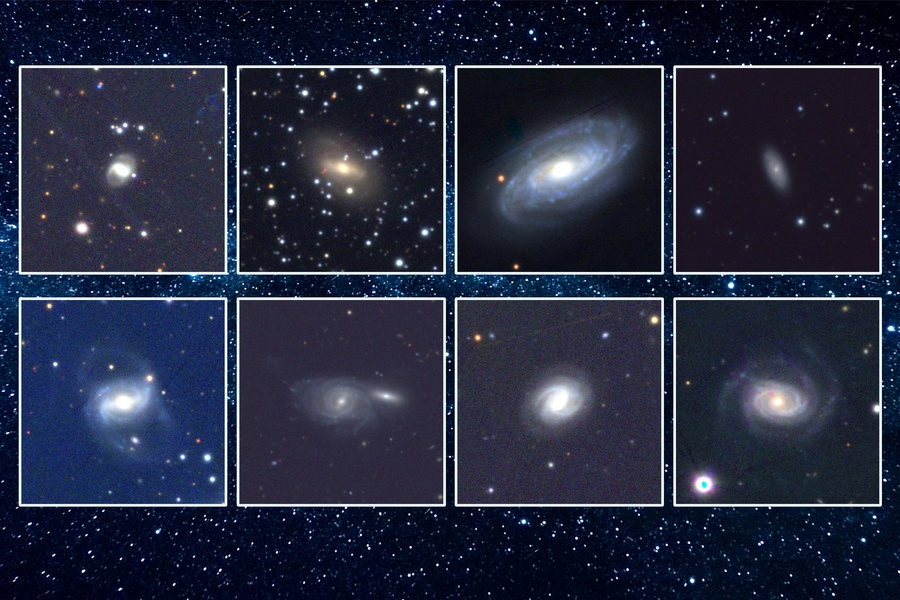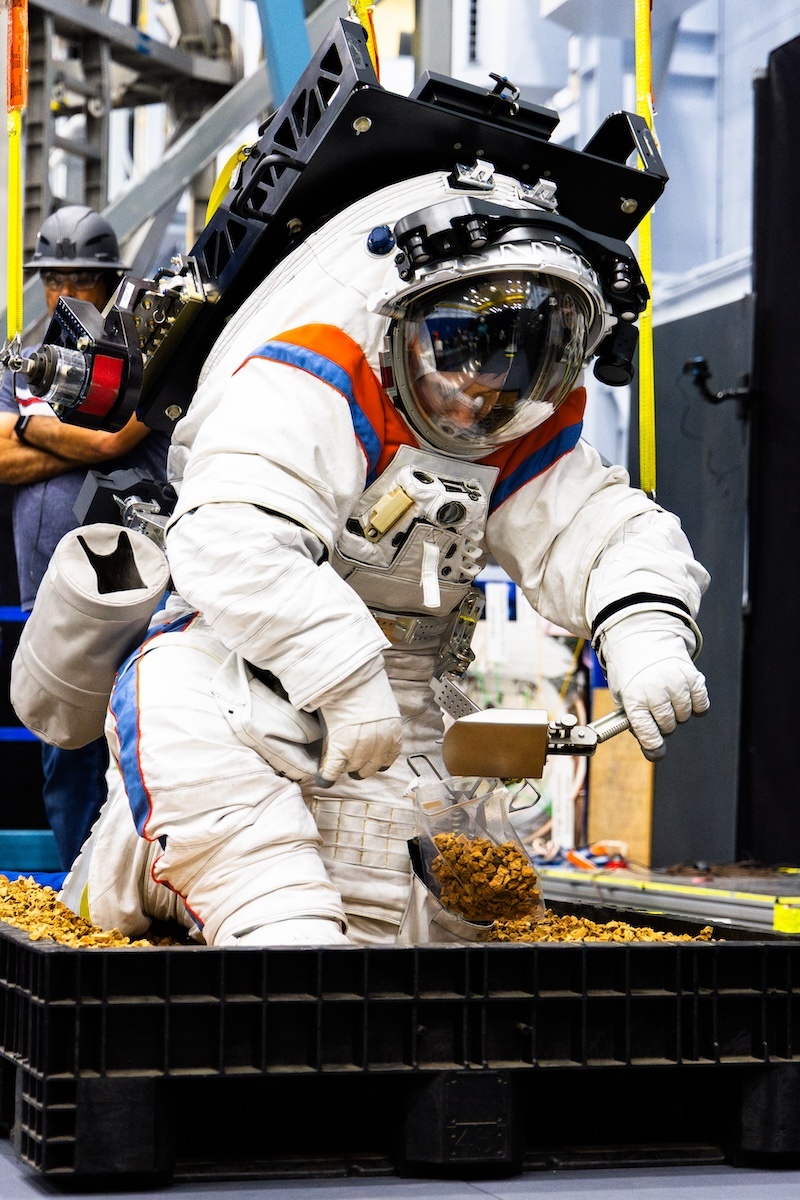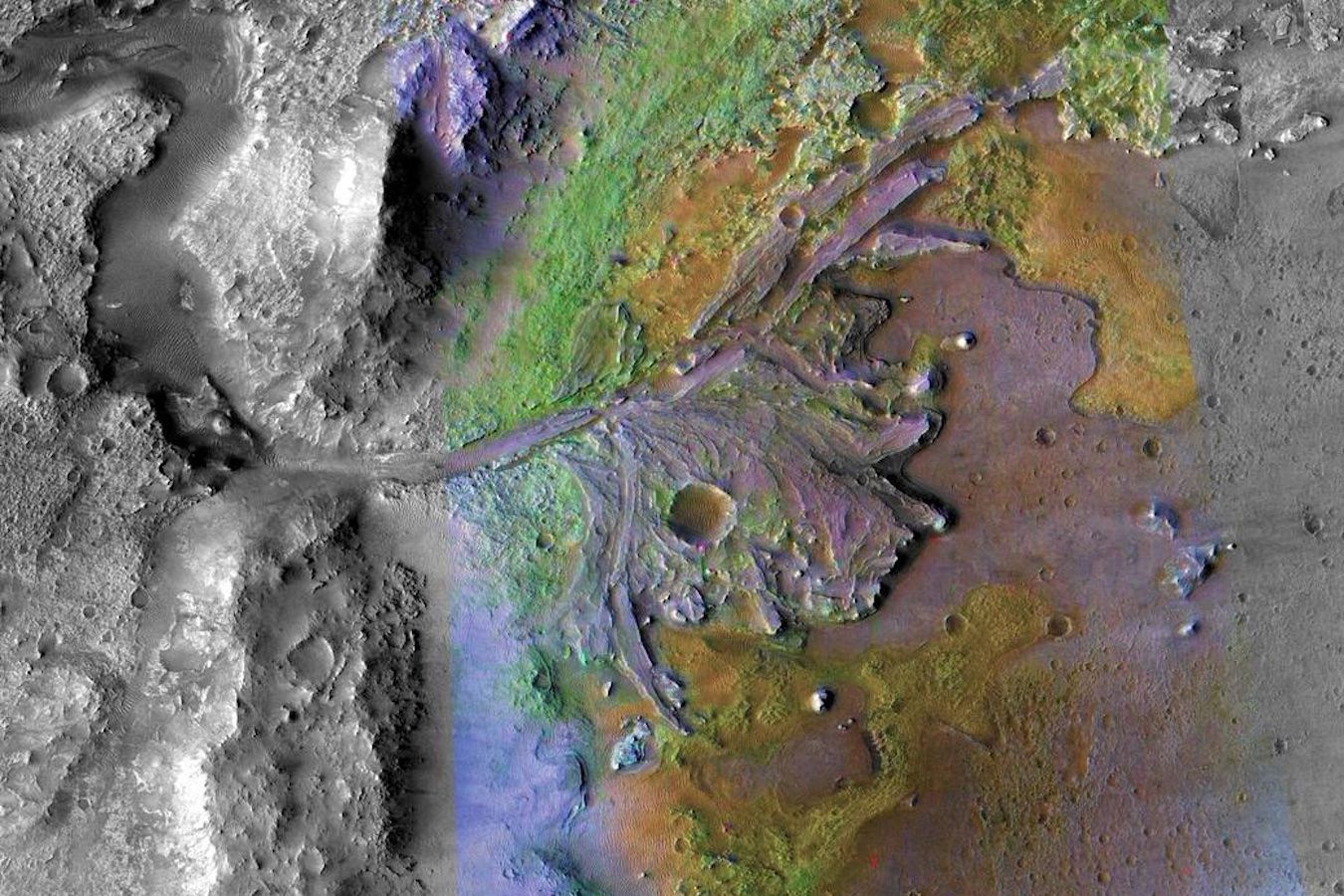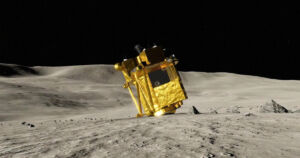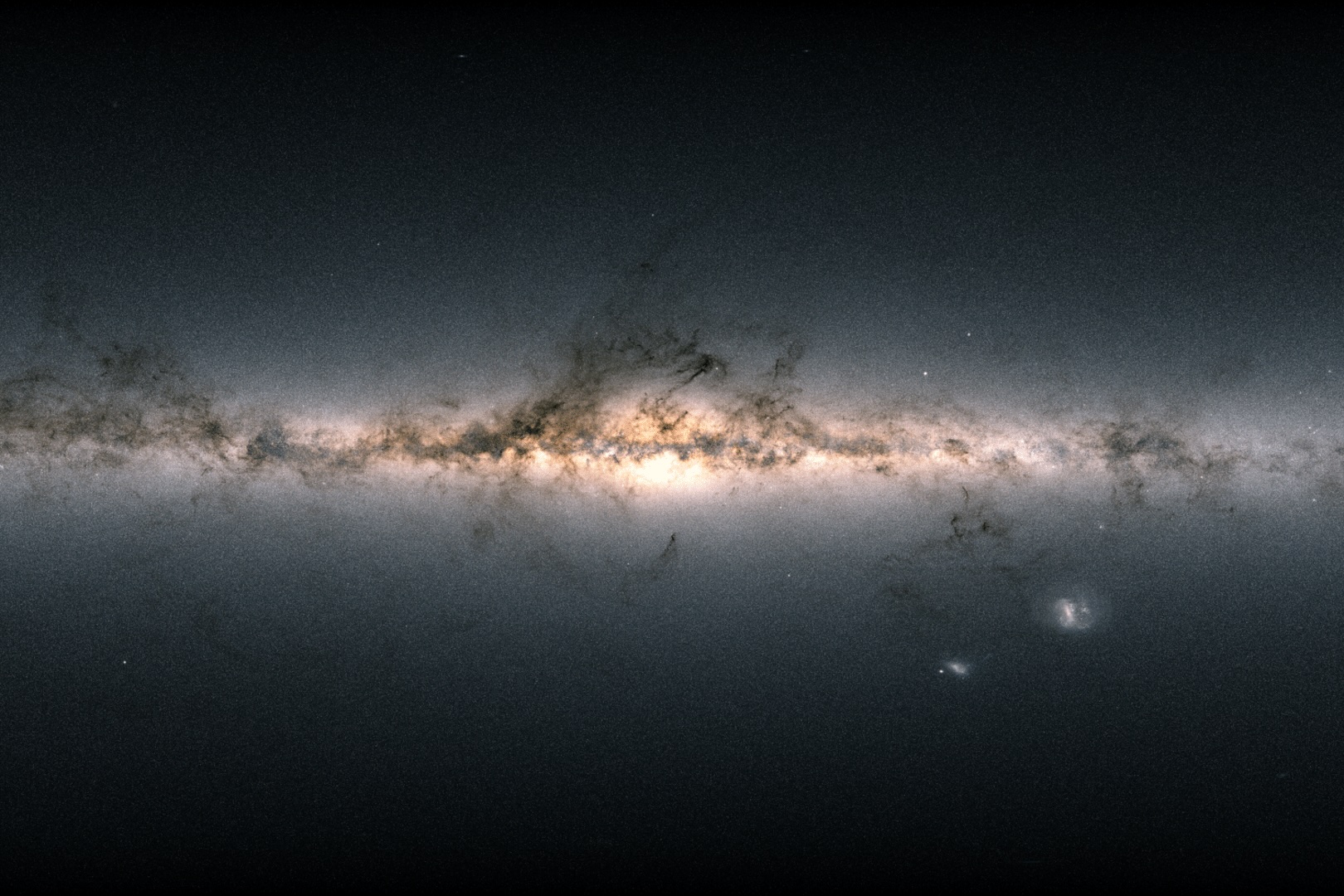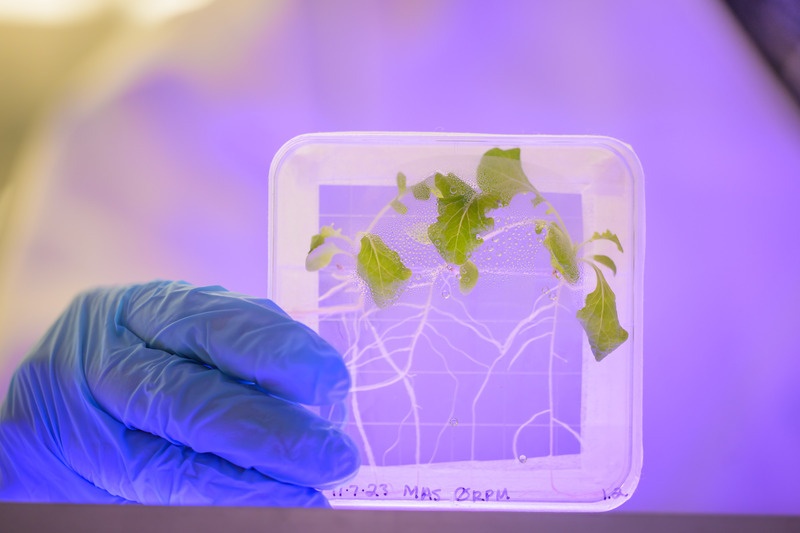Supernova are a fascinating phenomenon and have taught us much about the evolution of stars. The upcoming Nancy Grace Roman telescope will be hunting the elusive combination of supernovae in a gravitational lens system. With its observing field 200 times that of Hubble it stands a much greater chance of success. If sufficient lensed supernovae are found then they could be used to determine the expansion rate of the Universe.
Continue reading “Gravitationally Lensed Supernovae are Another Way to Measure the Expansion of the Universe”Gravitationally Lensed Supernovae are Another Way to Measure the Expansion of the Universe
